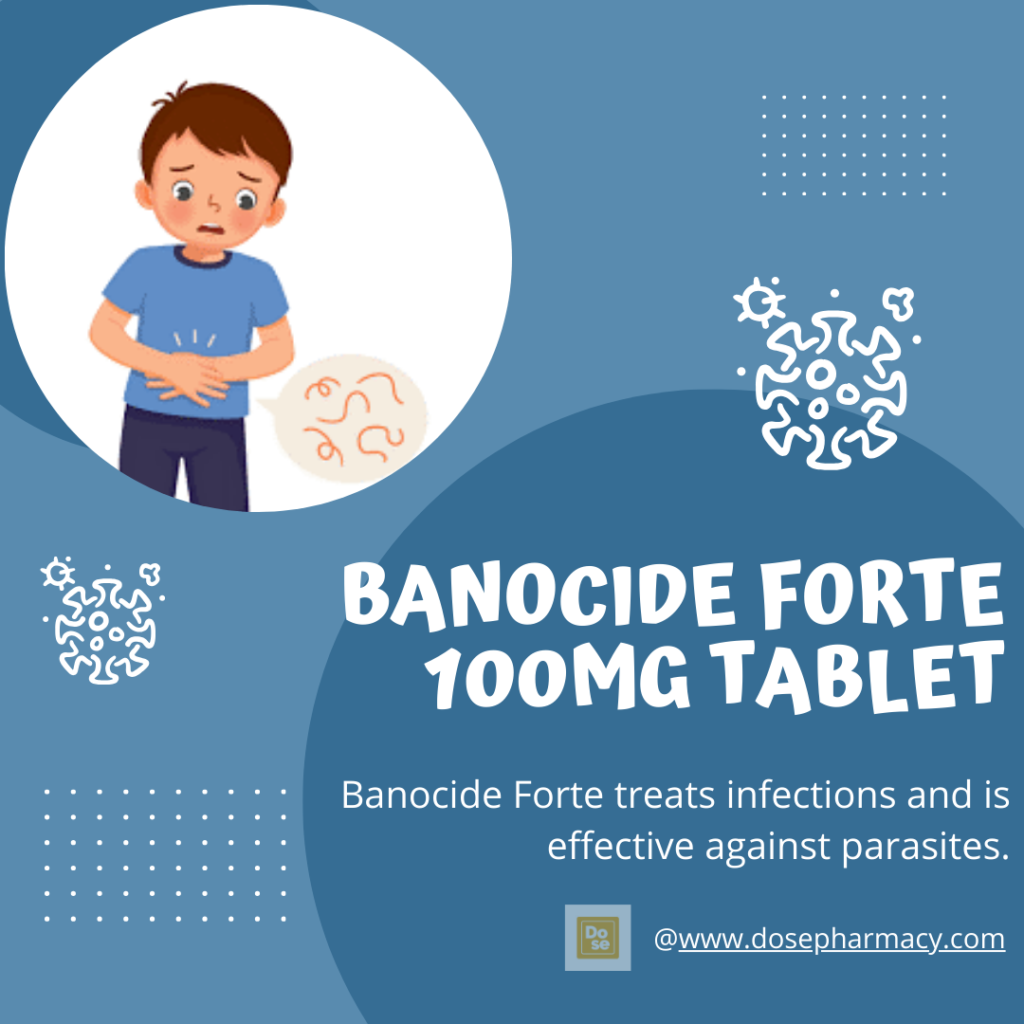Health Information Technology: Transforming Modern Healthcare

In today’s rapidly advancing world, technology is transforming industries across the board, and healthcare is no exception. One of the most influential advancements is Health Information Technology (HIT), which is revolutionizing how we manage, share, and use medical information. This blog will dive into what Health Information Technology is, its benefits, challenges, and how it’s shaping the future of healthcare.
What is Health Information Technology?
Health Information Technology (HIT) refers to the use of technology in the healthcare industry to manage and store health data. It involves systems and tools that allow the digital processing, storing, and exchange of patient information across healthcare settings. HIT encompasses a range of technologies such as electronic health records (EHRs), telemedicine, e-prescribing, and health information exchanges (HIEs).
Key Components of Health Information Technology
- Electronic Health Records (EHRs): EHRs are digital versions of patient charts that store medical history, diagnoses, medications, treatment plans, immunization dates, allergies, radiology images, and lab results.
- Telemedicine: Telemedicine allows patients and healthcare providers to communicate remotely through video conferencing or mobile apps, making healthcare more accessible, especially for people in remote areas.
- E-Prescribing: This technology enables healthcare providers to send prescriptions directly to a pharmacy, reducing errors and speeding up the process for patients to receive their medications.
- Health Information Exchange (HIE): HIE allows the secure sharing of patient data among healthcare organizations. It ensures that all healthcare providers involved in a patient’s care have access to up-to-date information, improving care coordination.
Benefits of Health Information Technology
- Improved Patient Care
HIT enhances the quality of care by providing healthcare professionals with accurate, up-to-date patient information. With better data access, doctors can make informed decisions more quickly, leading to timely diagnoses and treatment. - Enhanced Efficiency and Reduced Errors
The use of digital systems minimizes the risk of errors that can occur with paper-based records. EHRs streamline data entry and reduce duplication, saving time for healthcare professionals. It also helps in reducing prescription errors through e-prescribing. - Cost-Effective Healthcare
By optimizing processes and reducing administrative tasks, HIT can help lower healthcare costs. For instance, telemedicine reduces the need for in-person visits, saving both time and money for patients and providers. - Patient Empowerment
Many HIT tools allow patients to take an active role in managing their health. Patient portals, for example, enable individuals to access their health records, schedule appointments, and communicate with their doctors, promoting greater patient engagement. - Improved Data Analytics
HIT systems can collect and analyze vast amounts of data. This data can be used to track health trends, conduct research, and improve public health initiatives. Analytics also help healthcare providers improve treatment plans by analyzing patient outcomes.
Challenges of Health Information Technology
While HIT offers numerous advantages, it’s not without challenges. Some of the common issues include:
- Privacy and Security Concerns: The digital storage and transfer of patient information increase the risk of data breaches. Ensuring compliance with privacy regulations like HIPAA (Health Insurance Portability and Accountability Act) is critical for protecting patient information.
- High Implementation Costs: The initial setup of HIT systems can be expensive. Small healthcare providers, in particular, may face financial barriers in adopting the latest technologies.
- Interoperability Issues: HIT systems from different vendors may not always communicate effectively with each other. Ensuring that systems are compatible and can share data seamlessly remains a challenge.
- User Training and Adoption: Healthcare professionals need adequate training to use these technologies effectively. Resistance to change and a lack of technical skills can slow down the adoption process.
The Future of Health Information Technology
The future of HIT is promising, with emerging technologies such as artificial intelligence (AI), blockchain, and machine learning playing a crucial role in advancing the field.
- AI and Machine Learning: These technologies can analyze massive datasets to identify patterns and predict patient outcomes. They can assist in diagnostics, personalize treatment plans, and even detect diseases at an earlier stage.
- Blockchain Technology: Blockchain can enhance the security of patient information by creating decentralized, immutable records. This technology holds promise in addressing privacy concerns and improving the integrity of healthcare data.
- Wearable Devices and Remote Monitoring: Devices such as fitness trackers and smartwatches are enabling continuous health monitoring. These tools provide real-time health data to patients and healthcare providers, improving chronic disease management and prevention.
Conclusion
Health Information Technology is a driving force behind the transformation of the healthcare industry. With its ability to improve patient care, reduce errors, and enhance efficiency, HIT is becoming essential in modern healthcare. While challenges remain, the benefits far outweigh the hurdles. As technology continues to evolve, the future of HIT looks brighter than ever, promising more personalized, efficient, and secure healthcare for all.
Stay informed about the latest developments in health technology—it’s reshaping the way we approach healthcare!















